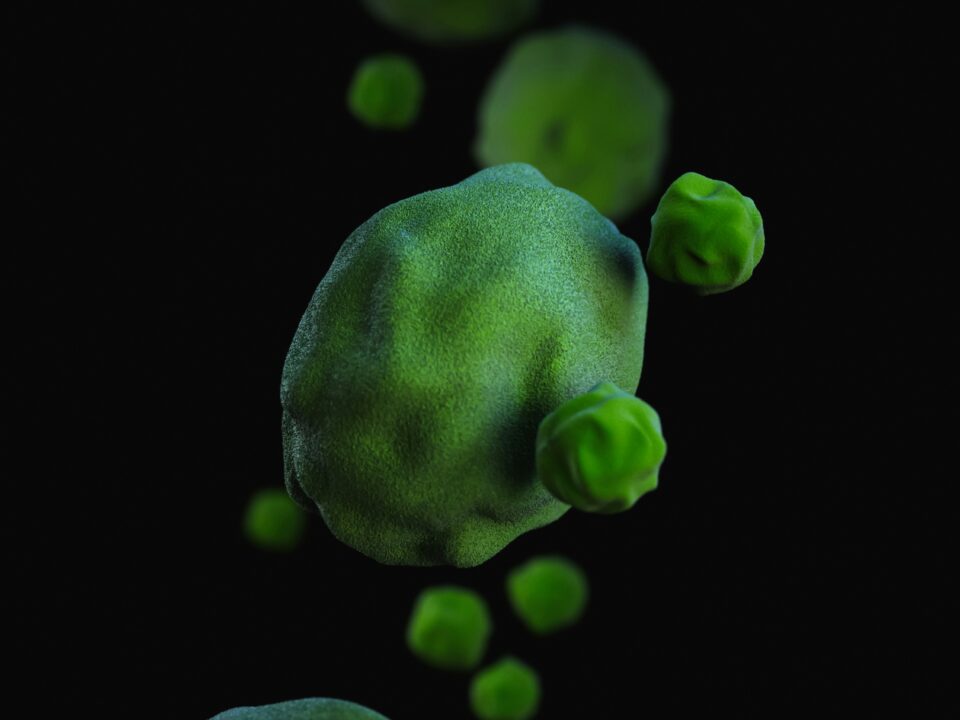Purple Cannabis – What Does It Mean?

How Cannabis Can Improve Your Sex Life
05/10/2020
The Science Behind Cannabis And Men’s Fertility
05/10/2020Purple Cannabis – What Does It Mean?

A cannabis lover would agree that purple cannabis plants are among the preferable ones. You
may not know why that is, but most are attracted to them primarily for the beautiful color. But, have you ever noticed how some cannabis plants change their color from green to purple? Ever wanted to know how that happens and why? What does it mean, what causes it and is the myth of purple cannabis being more potent true?
In this article, we will try to answer as many questions as possible regarding this matter!
To do that, we will need to take a look at the role of genetics and the environment that plays into some cannabis plants going purple, and we will also try to understand what’s happening with the plant itself during the chemical process of turning purple.
- Genetics is an essential part of the whole process.
Genetics undoubtedly plays the most significant role in turning a cannabis plant purple. In
science terms, there is a group of flavonoids called “anthocyanins” which provides either red,
blue, or purple pigments in plants, and they can also be found in many different purples and red vegetables and fruits (eggplants and blueberries, for example). If the presence of anthocyanins in the plant is low, then the chance of a cannabis plant turning purple is also small.
- The role of the environment
What does the environment have to do with it, you may ask? In the colder months, the
chlorophyll production in plants reduces, and flavonoid accumulation starts happening. In strains with a pre-disposition for anthocyanins, this leads to color-changing. Did you know that higher temperatures destroy anthocyanins? This means that the myth about “purple cannabis coming from the cold north” is correct. PH levels also play a significant role, as it is indicative of the pigmentation of the plant. Acidic environments tend to produce more reds and yellows, purple is a result of pH neutrality, and blues tend to express themselves at higher pH levels.
- What does chemistry teach us?
As we all know, plants are green because of chlorophyll, which helps with photosynthesis by
allowing the plant to convert sunlight to energy. However, over the lifecycle of the cannabis
plant, the production of chlorophyll reduces. This allows the other compounds to manifest. In the case of purple cannabis strains, we’re referring to anthocyanins – the green pigmentation
associated with chlorophyll begins to slowly turn to blues, reds, and purples of anthocyanins.
- Are purples more potent?
So, does purple mean more potent? Researchers have proven that anthocyanins could impede THC development. This means that the widespread belief that the purple cannabis plant is more potent is not true at all. But this doesn’t mean they are not potent at all, nor even less potent, for that matter. We need to understand that THC development depends on many other environmental and genetic factors as well.
We should always try to keep in mind that the purple plant doesn’t automatically mean that it is more potent. They undoubtedly may look more attractive to the customers, which has made a considerable number of cannabis breeders go for the purple ones more often. Still, other than that, their color doesn’t mean anything.



